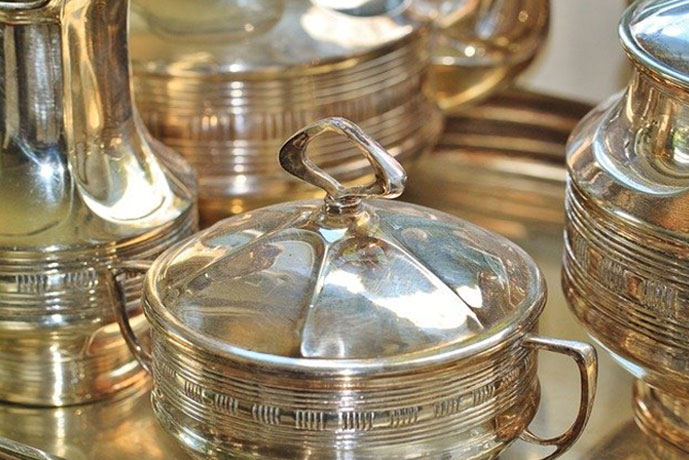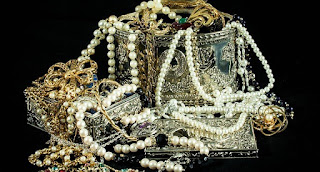In a not so distant past, our ancestors used to think of metals as a gift from the gods. Metals were, after all, the toughest materials around during those times. They were used to make weapons, armors, cookware, and just about anything that makes life easier. Even today, metals are still a highly regarded material. As the lifeblood of industrialization, their significance is expected to continue for centuries until a new, more efficient alternative is discovered, which is still quite unthinkable.
One of the metals that has stood the test of time is copper. Humans discovered it over 10,000 years ago and yet here we are still exploring its multiple properties. Thanks to copper, we can enjoy safe electricity, take a bath with warm water, travel around in our own vehicles, and more. It’s contributed to society so much that the world might not be able to survive without it.
Copper has many offerings to this world, and one of those is the alloy brass. It’s a metal produced by combining copper with zinc. Although not as popular as bronze (also an alloy of copper, which is produced by combining copper with tin), brass is quite a notable metal, and it is equally useful to boot. Brass’s strange history may have to do with its infamy. Read more from this blog:
https://rotaxmetals.net/uses-of-brass/



























